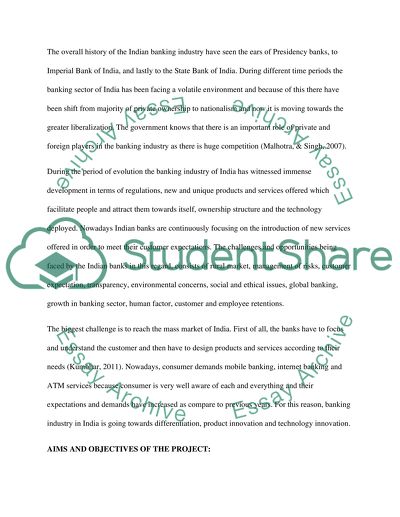Cite this document
(“Indian banking industry Dissertation Example | Topics and Well Written Essays - 4500 words”, n.d.)
Retrieved from https://studentshare.org/finance-accounting/1404219-indian-banking-industry
Retrieved from https://studentshare.org/finance-accounting/1404219-indian-banking-industry
(Indian Banking Industry Dissertation Example | Topics and Well Written Essays - 4500 Words)
https://studentshare.org/finance-accounting/1404219-indian-banking-industry.
https://studentshare.org/finance-accounting/1404219-indian-banking-industry.
“Indian Banking Industry Dissertation Example | Topics and Well Written Essays - 4500 Words”, n.d. https://studentshare.org/finance-accounting/1404219-indian-banking-industry.


